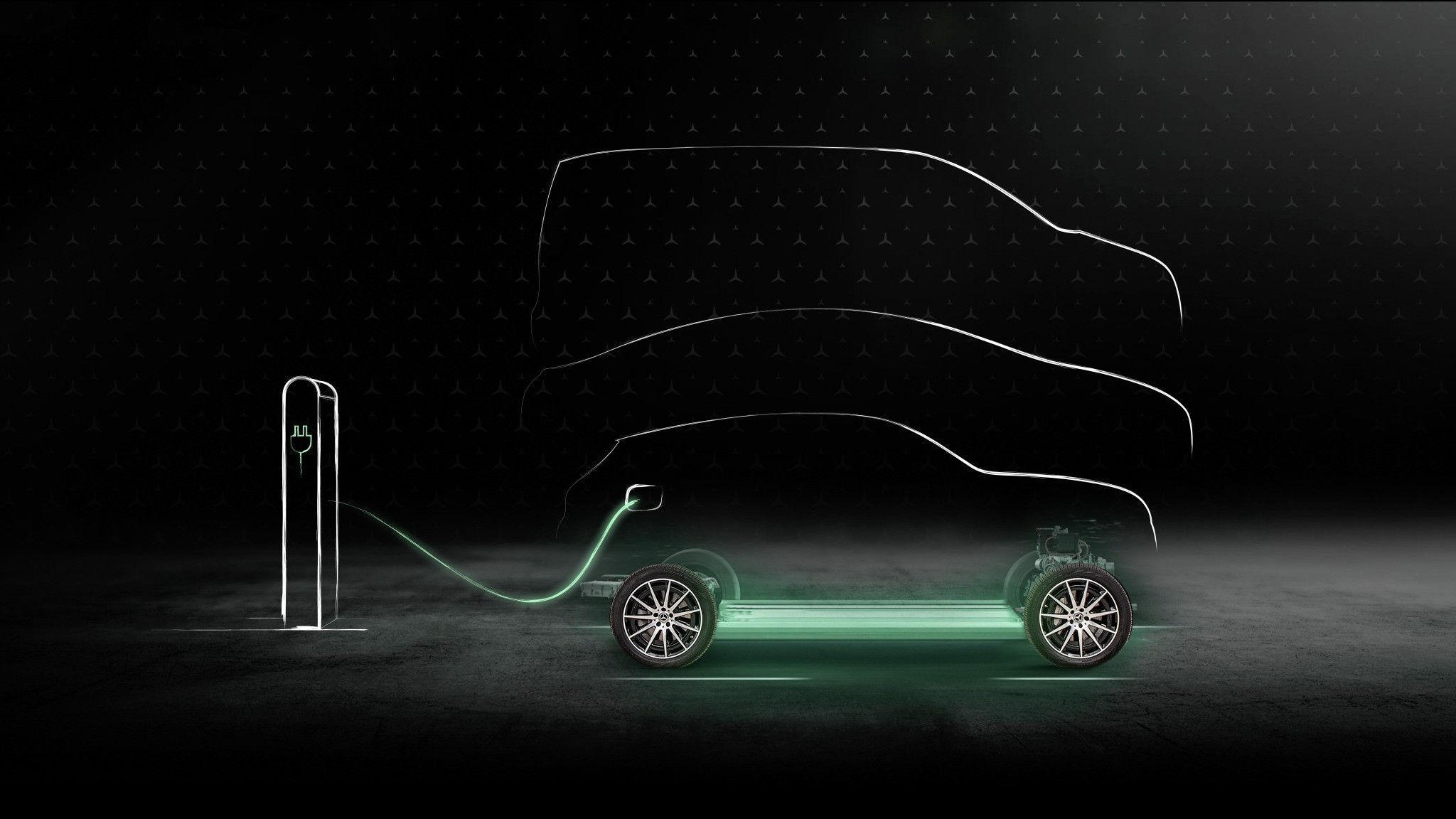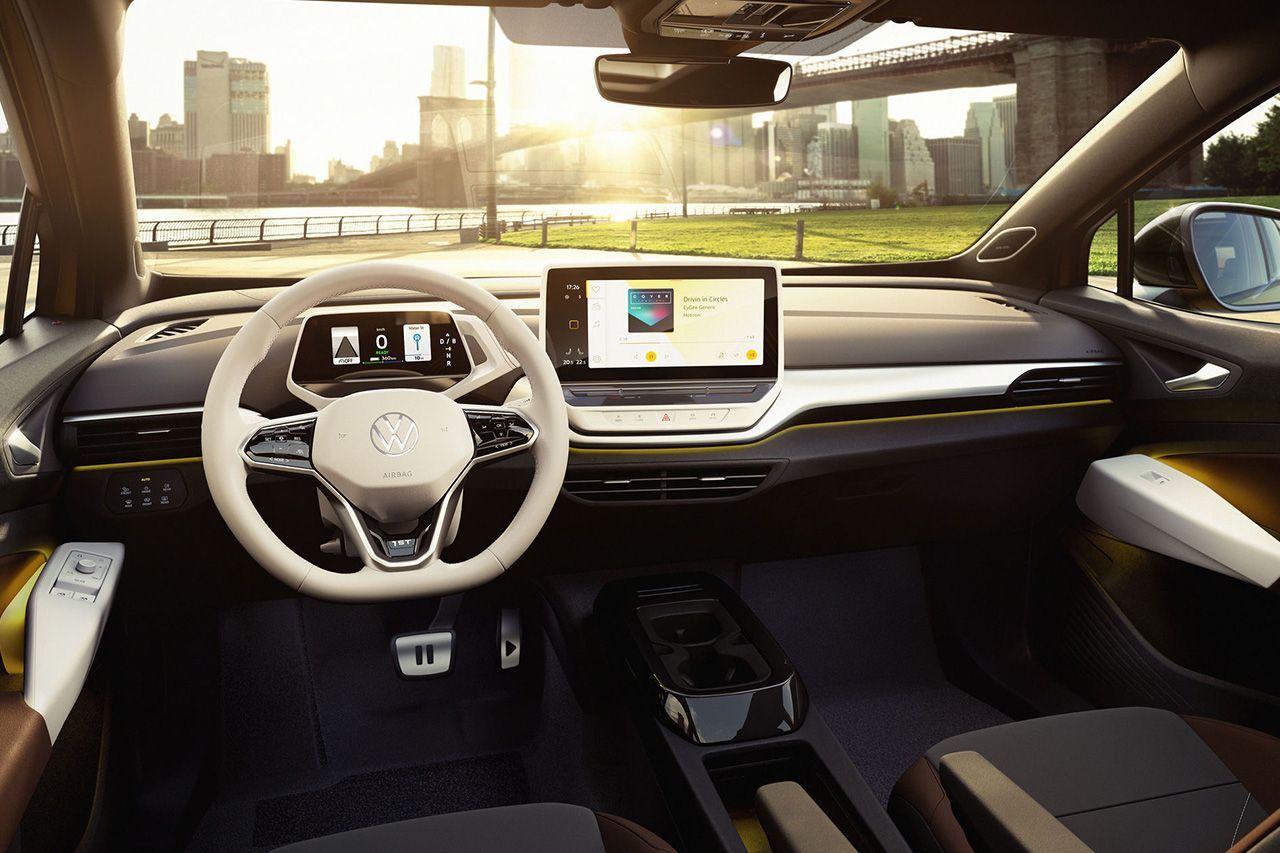The approval of the 2021 Budget Law introduced a maxi-incentive for the purchase of electric cars dedicated to households with ISEE less than 30 thousand euros per year. The bonus can be used by all those who request it no later than December 31, 2021 and is limited to those electric vehicles with a power not exceeding 150 kW (204 Hp).
The measure applies a 40% discount from the list value if the price without VAT is less than 30,000 euros (36 thousand net of VAT). The bonus, available for those who buy or rent an electric car in the long term, is aimed at those who do not have a car to scrap compatible with the methods described by ecobonus 2021. We specify that the ISEE bonus is an alternative and cannot be combined with those already provided for by the Government with the 2021 Budget Law; Scrapping incentives are therefore excluded, but the economic aid provided for by regions, provinces and municipalities remain in place.
What is ISEE income?
ISEE is the indicator of the equivalent economic situation, which is calculated from the ratio of the ISE to the number of household members, based on a scale of equivalence established by law. In more detail, the value represents the ratio between the indicator of the economic situation (value of income and 20% of securities and real estate assets) and the parameter taken from the Equivalence Scale with the expected increases. The document is usually drawn up by accountants, patrons and tax assistance centers (CAF) and can also be downloaded (pre-filled) from the Revenue Agency website.
To make the bonus available, however, we still need a special implementing decree that was supposed to arrive last January but that was postponed due to the coronavirus health emergency still in progress. Funds are expected for about 20 million euros which, assuming a discount of about 10,000 euros per electric, should cover 1,800 families.
The decree concerning contributions for electricity follows the same mechanism of payment as the Ecobonus; the contribution will then be paid by the concessionaire and this will be reimbursed by the manufacturers or importers. The latter, in turn, will recover the amount using of a tax credit. To join and receive funds, dealers will have to register on the dedicated portal, enter the buyer’s data and complete the procedure.

What changes compared to ecobonus?
This contribution should not be confused with the Ecobonus already paid last year and without any ISEE limit. While the ISEE bonus provides for a restriction on purchase (or rental) based on engine type, the Ecobonus only assesses the level of CO2 emissions, from 0 to 135 g/km.
In any case, if there is the possibility to scrap and use the Ecobonus, families who can access this bonus should consider well which way to go based on the list price of the chosen car. To be more precise, the real convenience of the ISEE discount arises for those electric cars that have the highest list prices, where the 40% discount exceeds the 10,000 euros provided as the ceiling for the Ecobonus (and its scrapping).
For example, to be clearer, the Volkswagen ID.3 in the City set-up has a list price of 34,800 euros that discounted with the Ecobonus (+ scrapping) would cost 24,800 euros; applying the ISEE bonus, the figure would fall by 40% net, or 20,880 euros.
The 10 models available
If you have access to the bonus you can choose from a wide range of vehicles compatible with the dispensing methods; below is a collection of the most interesting cars to evaluate:
Citroen e-C4
Feel (Price list 35,150 euros, with a bonus of 21,090 euros)
The e-C4 is the fifth model of Citroen’s electric offensive and identifies itself as a compact crossover designed specifically for city traffic. Built on the EMP2 shared platform, the car benefits from a 400 Volt lithium battery with a capacity of 50 kWh; composed of 18 modules guarantees a range of 350 km in the WLTP cycle.
The engine delivers a maximum power of 100 kW and 260 Nm of maximum torque, values that allow the compact high-wheeled to reach 100 km/h in just under 10 seconds. Charging can be done by taking advantage of the home power outlet (ac current with type 2 cable) or by taking advantage of the columns located in the territory; the battery can then be recharged by 80% in about 30 minutes with a 100 kW system.
Dacia Spring
Comfort set-up (Price list 21,400 euros, with a bonus of 11,940 euros)
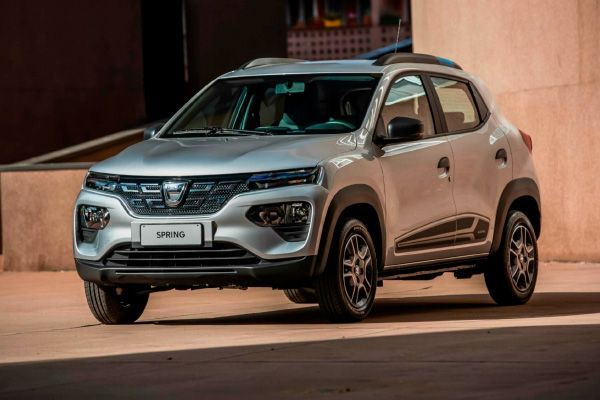
With a solid product, without too much aesthetic virtuosity and with sufficiently complete standard equipment, Dacia introduces the new Spring to the electric market; it is a strategic model for the transition to e-mobility. Similar in shape and size to the Sandero, Spring benefits from a 33 kW electric thruster and 125 Nm of maximum torque.
The available power supported by a battery with a capacity of 28 kWh allows the car a maximum distance (WLTP) of 200 km. To avoid possible overheating that would have required structural modifications to the vehicle, Dacia integrated a 30 kW charging system capable of charging the battery in DC at 80% in about 1h. In AC, dacia spring is compatible up to 6.6 kW.
Fiat 500 and 500 3+1
Action, Passion, La Prima and Icon (Price list from 26,150 euros, with a bonus of 15,690 euros)
The new generation of Fiat 500 represents the first Italian electric car dedicated to mass production; the little italian certainly marks a more than demanding challenge for the manufacturer who has decided to convert the most famous and recognizable model of its range. The engine changes but the style remain the unmistakable one that has accompanied us for several years: rounded and soft lines, small dimensions and technological equipment that becomes of absolute value.
The access version is equipped with a 95 Hp electric motor powered by a battery with a capacity of 23.8 kWh. With a full current, it allows you to travel up to 320 km before stopping at a column. The higher-end variant, on the other hand, boasts a 118 Hp engine powered by a 42 kWh battery. Both models are compatible with the ISEE bonus, whether with 3 or 3+1 port bodywork.
Mazda MX-30
Exclusive and Launch Edition (Price list from 34,900 euros, with a bonus of 20,940 euros)
The first electric Mazda in history is a crossover called the MX-30; the Japanese electric car is powered by a 143 Hp electric engine powered by a 35.5 kWh battery and range of over 200 km (in the WLTP cycle).
In AC charging can take up to 17 hours, while continuous charging takes only 31 minutes. The MX-30 follows some style inherited from the past such as, for example, the windward doors originally installed on the RX-8 petrol sports car.
Nissan Leaf
Acenta (Price list 35,300 euros, with a bonus of 21,180 euros)
The Nissan leaf’s second generation comes with a new design, a larger battery, and the ProPilot driver assistance system. The 110 kW and 320 Nm electric motor of maximum torque allow you to travel a maximum distance of 270 km in the WLTP cycle with the 40 kWh battery; standard charging takes about 7 hours to stop, while domestic charging approaches 24h.
In addition to the zero-emission engine, it is necessary to report the presence of five seats and a large trunk, two strengths for those who need a spacious car and able to casually accommodate the suitcases of the whole family.
Opel e-Corsa
Elegance, GS Line and GS Line+ (Price list 32,400 euros, with a bonus of 19,440 euros)
The small German utility vehicle of the Stellantis group shares platform and components with the Peugeot e-208, compared to which it has a slightly lower list price. In the access proposal, Corsa is equipped with an electric motor of 136 Hp and 260 Nm of maximum torque, powered by a 50 kWh battery capacity.
With a full of electrons, the Corsa can travel up to 330 km approved in the WLTP cycle. In just 30 minutes the battery can be recharged up to 80% with a maximum power of up to 100 kW and a real average of 75 kW throughout the charging period.
Peugeot e-208
Active and Allure (Price list 33,850 euros, with bonus 20,310 euros)
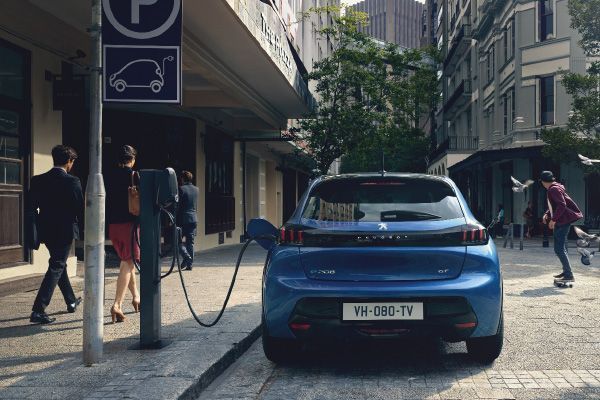
As mentioned in the previous paragraph, e-208 uses the same platform as Opel e-Corsa and of course also shares the same power train. Winner of the Electric Small Car of the Year 2020 award, the e-208 features a 50 kWh battery installed under the floor. The specifications roughly follow those of his German sister.
The main differences concern the standard equipment, the interior, and the exterior.
Renault Zoe
Business and Zen (Price list from 34,450 euros, with a bonus of 20,670 euros)
Undisputed queen in Italy as the best-selling electric, the secret of its success certainly concerns the purchase price without incentives already competitive and a very solid presence on the market for several years.
Available in the 108 and 135 Hp variants, both of which can be purchased with the ISEE bonus, Zoe can travel a maximum distance of between 250 and 395 km, depending on the weather conditions and driving style of the driver. The battery, in both versions, is 52 kWh.
Smart EQ Fortwo
Price list from 25,210 euros, with bonus 15,126 euros
Among the most appreciated and desired city utility vehicles ever, the electric Smart is the perfect ally to extricate yourself in the urban jungle. Agile and easy to handle, it gains in the starting point thanks to an 82 Hp electric motor, capable of releasing 160 Nm of maximum torque instantly.
Compared to the other cars on the leaderboard, the range is much lower: with a full charge it travels up to 160 Km in the WLTP cycle; not so much in absolute terms but more than enough for daily travel needs.
Volkswagen ID.3 City
Price list 34,800 euros, with bonus 20,880 euros
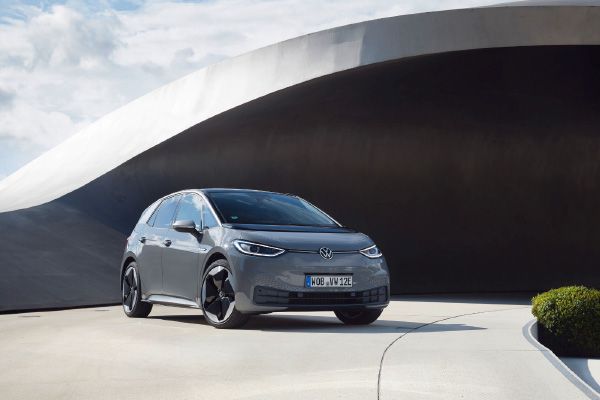
The Wolfsburg giant’s very first electrical proposal, known as ID.3, marks a very important turning point for the industry. In the City variant alone, ID.3 is powered by a 45 kWh battery and a 110 kW engine capable of covering a maximum trip of 350 km.
It can be recharged via a direct current column with a power of 100 kW; in this case, more than 200 km of autonomy are recovered in 20 minutes. The on-board charger for alternating current, on the other hand, can withstand a power of 7.2 kW; charging with a wallbox takes about 5 hours to complete 80%.
In Collaboration with:







